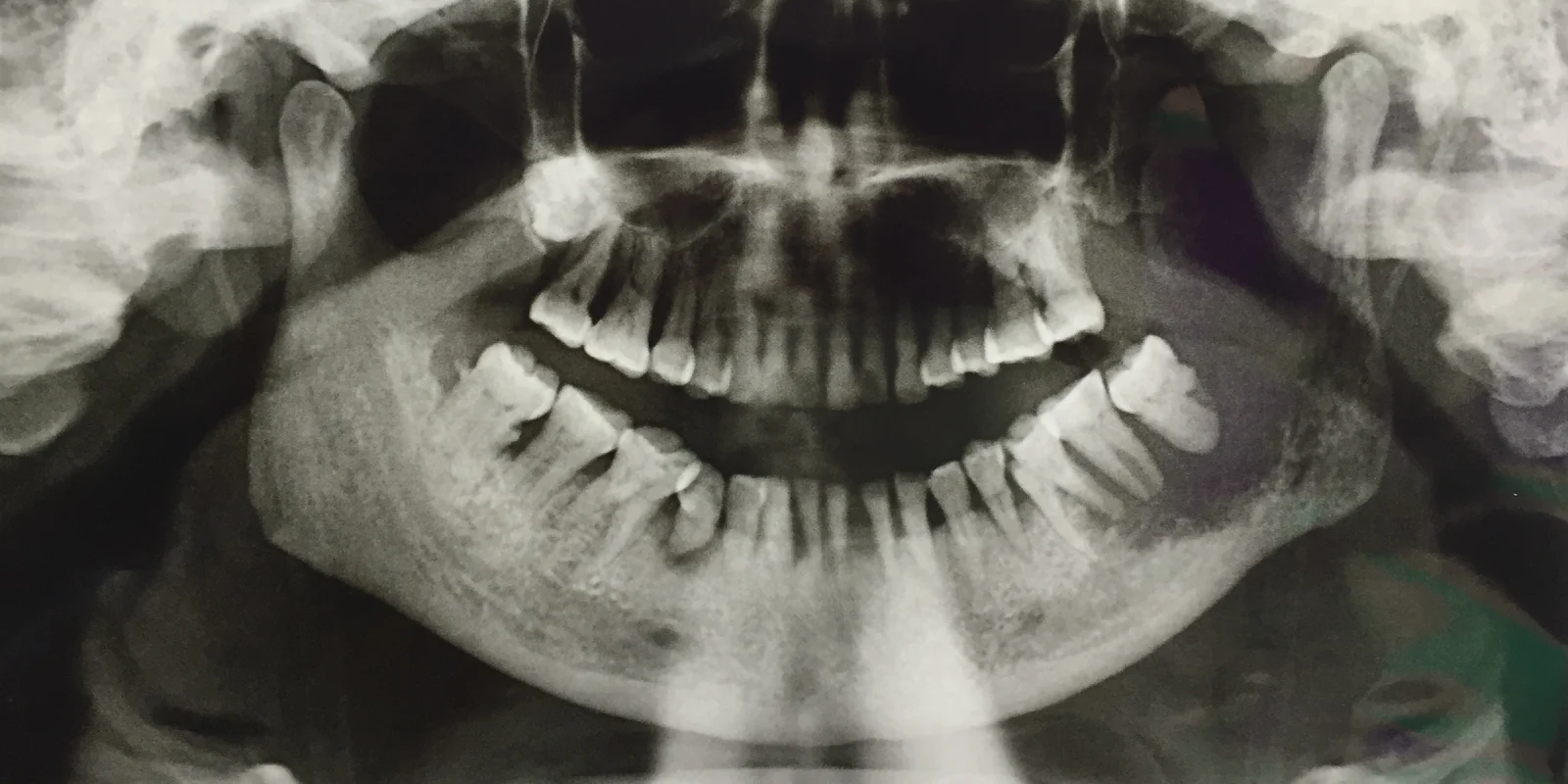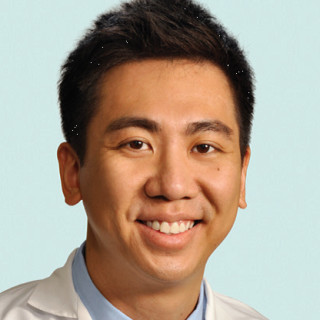Dr. Zhen Gooi is a 2020–2021 Doximity Research Review Fellow. Nothing in this article is intended nor implied to constitute professional medical advice or endorsement. The views expressed in this article are those of the author and do not necessarily reflect the views/position of Doximity.
The common stereotype for a head and neck cancer patient is that of a poor, elderly man with a strong smoking or alcohol abuse history. However, smoking consumption continues to decline in many developed countries across the world and, in recent years, increasing data suggests a demographic shift for oral cavity cancers among patients without traditional risk factors. These “non-traditional” patients skew toward females, with a younger age of presentation.
In a recent population-level analysis, researchers sought to determine if a similar shift had occurred in two developed countries in the Asia-Pacific region, namely Australia and Singapore. Satgunaseelanab et al. utilized national cancer databases to identify oral cavity cancer patients from 1982 to 2012, stratifying analysis to patients <45 years of age versus those >45 years of age. Over 10,000 oral tongue cancer patients were identified, and the incidence of oral tongue cancer was shown to increase by over 3% per annum in females <45 years in both Australia and Singapore over the study period. In Australia, the incidence of oral tongue cancer remained stable in females >45 years and declined in males >45 years. The stable incidence in the female population >45 years was attributed to an increase in oral cavity cancer involving subsites other than the tongue. In a separate portion of the study involving a multi-institutional database review of tertiary care centers from Australia and Singapore, the proportion of oral tongue cancer among patients <45 doubled from 3.6% (1990–1994) to 8.2% (2010–2014).
These trends highlight the need to identify new etiologic factors for oral cavity cancer other than tobacco consumption/alcohol abuse. Various hypotheses have explored viral infections, genetic factors, and dental hardware — all of which have proved inconclusive thus far. Recognition of this demographic trend is essential for health care practitioners, as it supports applying a high index of suspicion for oral cavity cancer for patients with concerning clinical features, even in those patients that are younger and lack traditional risk factors.
Dr. Zhen Gooi is a head and neck oncologic surgeon in academic practice at the University of Chicago. He completed his residency and fellowship training at Johns Hopkins University.
Image by trailak amtim / Shutterstock







